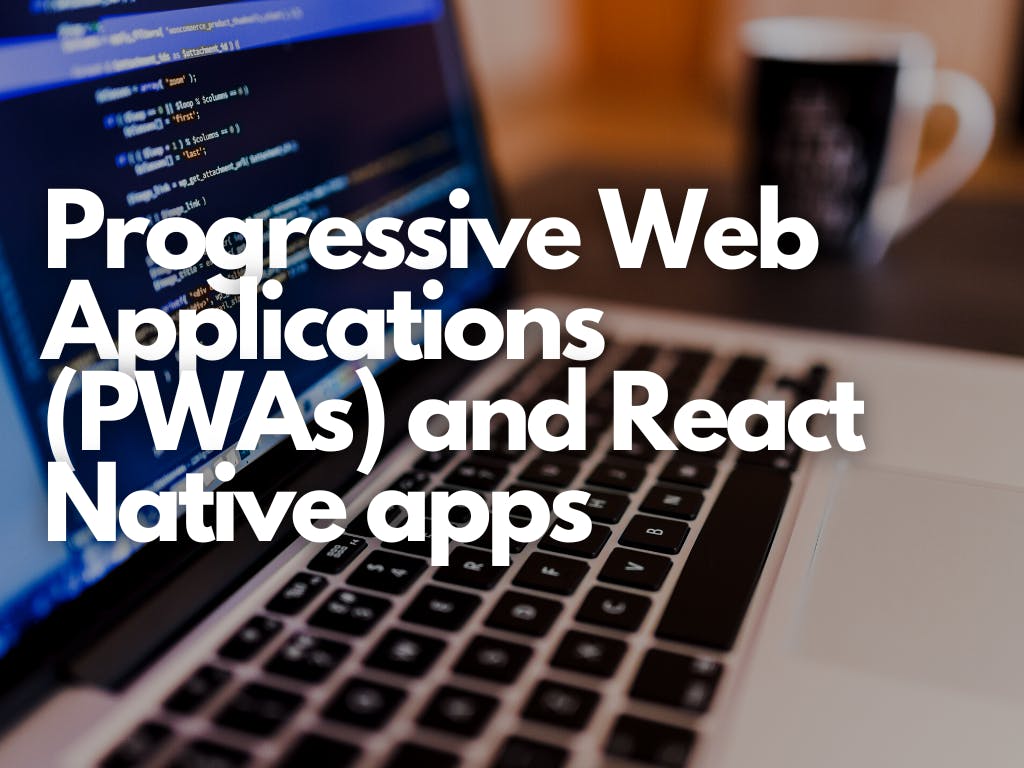Progressive Web Applications (PWAs) and React Native apps are two different technologies that can be used to develop mobile applications. While PWAs are web-based applications that can be accessed via a web browser, React Native apps are native mobile applications that are built using JavaScript and React.
Here's a comparison of PWAs and React Native apps:
Progressive Web Applications (PWAs):
Advantages of PWAs:
- Compatibility: PWAs can be accessed on any device with a web browser, making them highly compatible and accessible to a wide range of users.
- Offline access: PWAs can work offline and can save data in a local cache, allowing users to access the app even when they're not connected to the internet.
- Quick and easy updates: PWAs are updated automatically in the background, eliminating the need for users to manually download and install updates.
- Cost-effective: PWAs can be developed using web technologies, which makes them more cost-effective to develop compared to native apps.
Disadvantages of PWAs:
- Limited access to device hardware: PWAs have limited access to device hardware, which can limit their functionality and features.
- Performance issues: PWAs may not perform as well as native apps, especially when it comes to complex animations and graphics.
React Native Apps:
Advantages of React Native Apps:
- Native experience: React Native apps provide a native app-like experience to users, with smooth animations and performance.
- Full access to device hardware: React Native apps have full access to device hardware, enabling them to provide advanced features and functionality.
- Cross-platform compatibility: React Native allows developers to write code once and deploy it on both iOS and Android platforms, making it a cost-effective option.
- Large developer community: React Native has a large developer community, which means that there are plenty of resources and support available for developers.
Disadvantages of React Native Apps:
- Longer development time: Building a React Native app may take longer than building a PWA.
- Higher development costs: Developing a React Native app requires specialized skills, which can lead to higher development costs.
- App store approval: React Native apps need to be approved by app stores, which can take time and may lead to rejection if the app doesn't meet the store's guidelines.
Which is better?
The choice between a PWA and a React Native app depends on your specific needs and requirements. If you're looking for a cost-effective option that is compatible with a wide range of devices and offers offline access, a PWA may be the better option. On the other hand, if you require advanced features and full access to device hardware, a React Native app may be the better choice. Ultimately, the decision comes down to your priorities and the needs of your users.
